
Catalog / Smart
Smart: Revolutionary Micro Cars Reshaping Urban Transportation
Smart, a brand synonymous with compact urban mobility, has revolutionized the concept of city cars since its inception in the early 1990s. The brainchild of Nicolas Hayek, the creator of Swatch watches, Smart was born from the idea of creating a stylish, efficient, and easy-to-park vehicle for crowded urban environments.
The journey of Smart began as a joint venture between Swatch and Mercedes-Benz, with the first Smart car, the iconic ForTwo, rolling off the production line in 1998. This tiny two-seater, measuring just 2.5 meters in length, quickly became a symbol of innovative urban transportation. Its unique design, featuring a Tridion safety cell and interchangeable plastic body panels, was not only visually striking but also prioritized safety and customization.
In 2003, DaimlerChrysler (now Daimler AG) took full ownership of the Smart brand, further developing its potential. The company expanded its lineup with models like the Smart Roadster and the four-seater Smart ForFour, although these saw limited success compared to the ForTwo.
A significant milestone in Smart's history came in 2007 with the introduction of the second-generation ForTwo. This model improved upon its predecessor in terms of safety, comfort, and performance, while maintaining its compact dimensions. It was during this period that Smart made its official entry into the North American market, challenging perceptions of car size in a region known for its love of larger vehicles.
Smart has been at the forefront of electric mobility, introducing an all-electric version of the ForTwo in 2007. This commitment to sustainable urban transport has become a cornerstone of the brand's identity. In 2019, Smart announced it would become an all-electric brand, marking a bold step towards the future of urban mobility.
In recent years, Smart has undergone significant changes. In 2019, Daimler AG entered into a joint venture with Chinese automotive giant Geely to produce Smart vehicles. This partnership aims to develop a new generation of all-electric Smart models, combining German engineering with Chinese manufacturing efficiency.
Throughout its history, Smart has remained true to its core philosophy of providing innovative, space-efficient solutions for urban mobility. While it may not have achieved the widespread global success of some larger brands, Smart has cultivated a dedicated following and has undeniably influenced the automotive industry's approach to city cars and electric mobility.
Today, as cities grow more congested and environmental concerns take center stage, Smart's vision of compact, efficient urban transport seems more relevant than ever. The brand continues to evolve, adapting to new technologies and changing consumer preferences, while maintaining its distinctive character in the automotive landscape.

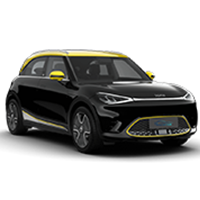
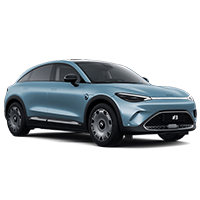
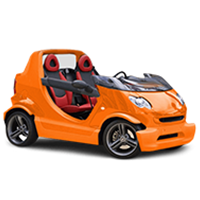
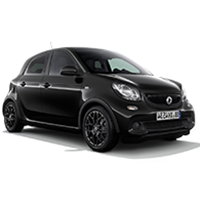
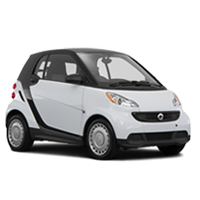
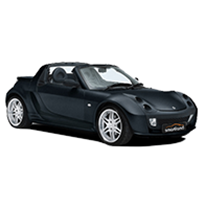
![Smart Forfour I [2004 - 2006] softtouch passion 2005 Smart Forfour I [2004 - 2006] softtouch passion 2005](https://cdn-img.carsbat.com/autovt/7056806564/7056806564.jpg)
![Smart Fortwo II [2007 - 2015] coupe 40 KW cdi 2011 Smart Fortwo II [2007 - 2015] coupe 40 KW cdi 2011](https://cdn-img.carsbat.com/autovt/7056869856/0_wme4513011k517900_is8t.jpg)
![Smart Fortwo III [2015 - 2019] 2018 Smart Fortwo III [2015 - 2019] 2018](https://cdn-img.carsbat.com/autovt/7056528494/7056528494.jpg)
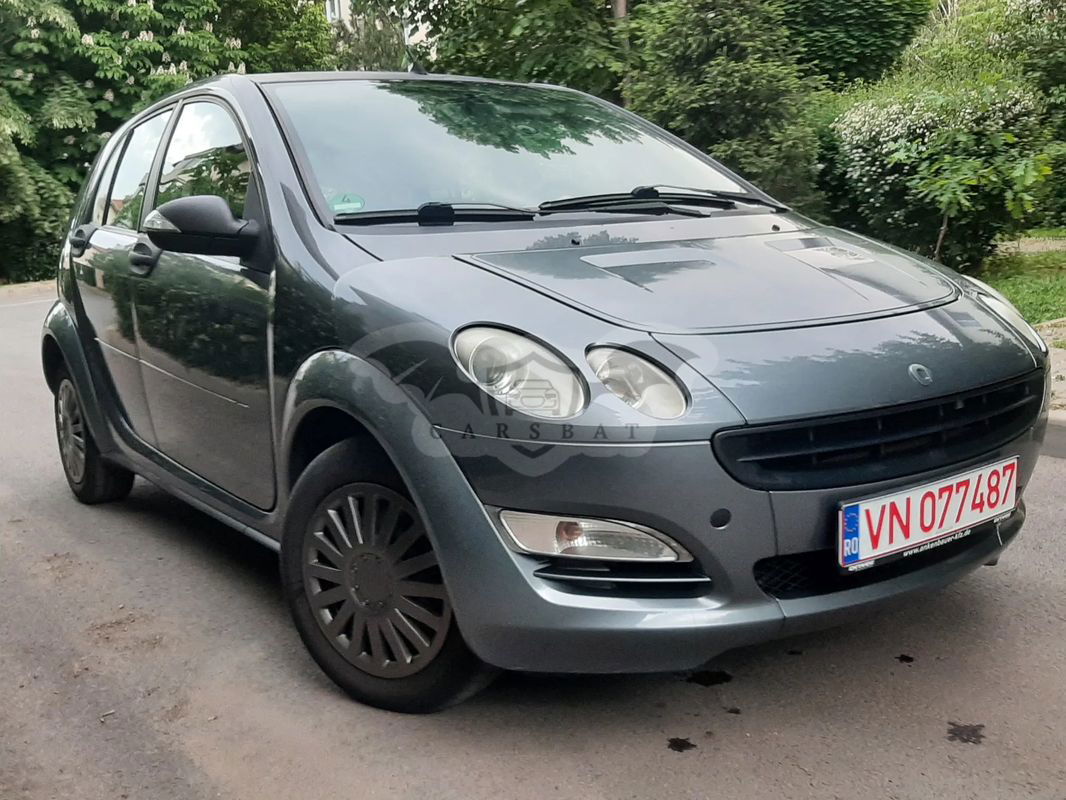
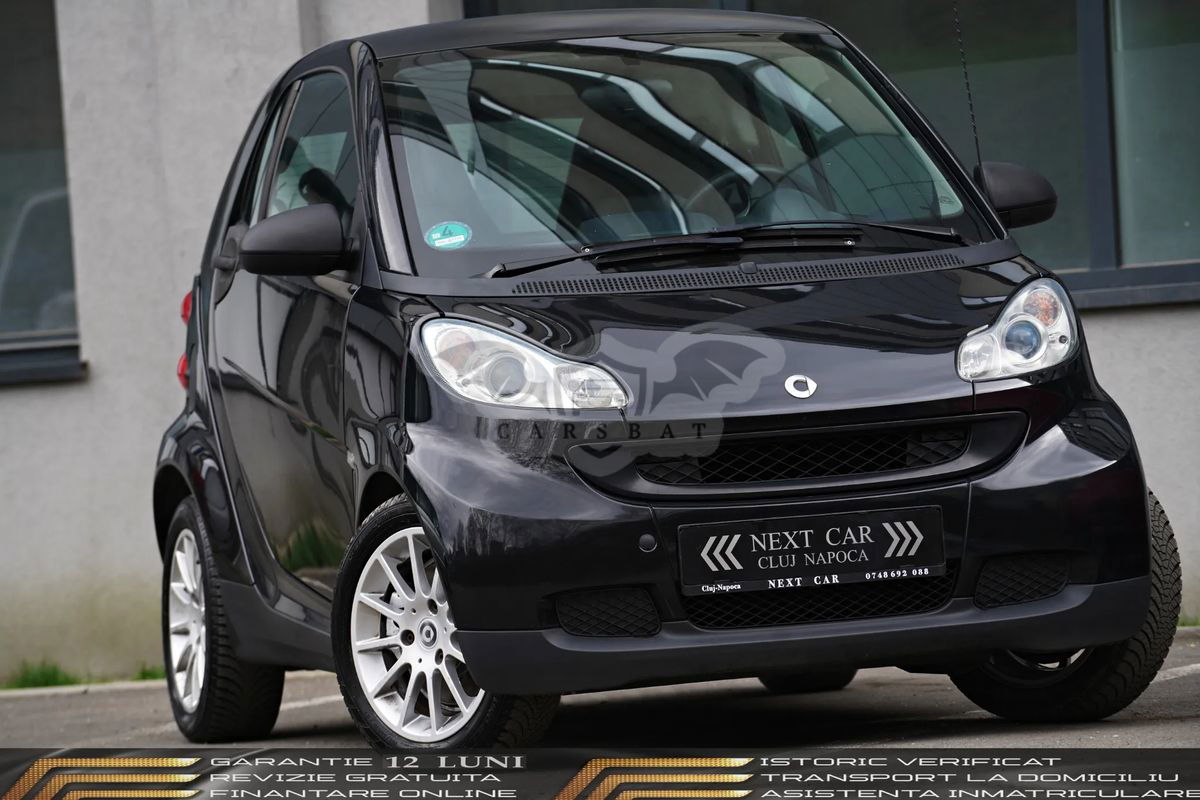
![Smart Fortwo II [2007 - 2015] cabrio 52 KW MHD 2013 Smart Fortwo II [2007 - 2015] cabrio 52 KW MHD 2013](https://cdn-img.carsbat.com/autovt/7056423793/0_wme4514801k747012_hljx.jpg)
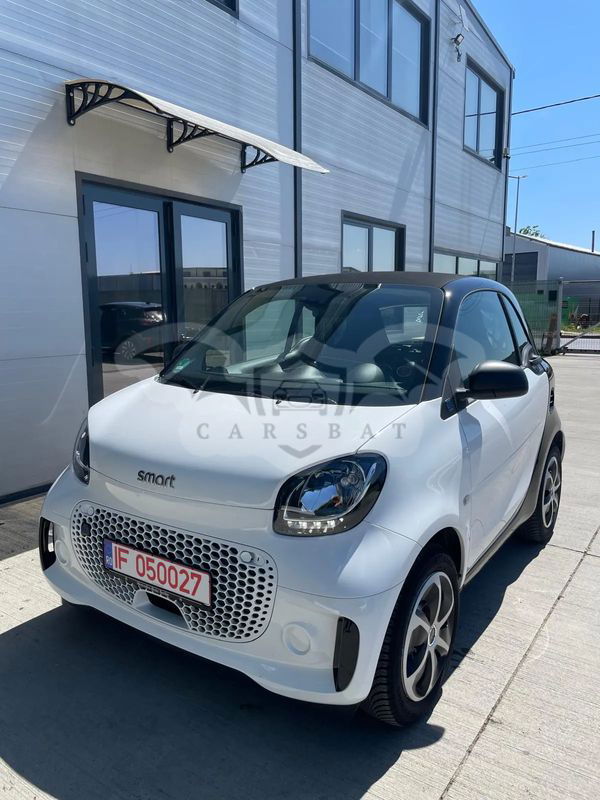
![Smart Fortwo II [2007 - 2015] coupe 1.0 Micro Hybrid Drive pure Aut 2010 Smart Fortwo II [2007 - 2015] coupe 1.0 Micro Hybrid Drive pure Aut 2010](https://cdn-img.carsbat.com/autovt/7056532356/0_wme4513341k351141_l9if.jpg)
![Smart Forfour II [2014 - 2019] 2018 Smart Forfour II [2014 - 2019] 2018](https://cdn-img.carsbat.com/autovt/7055976484/0_wme4530421y191892_77ry.jpg)
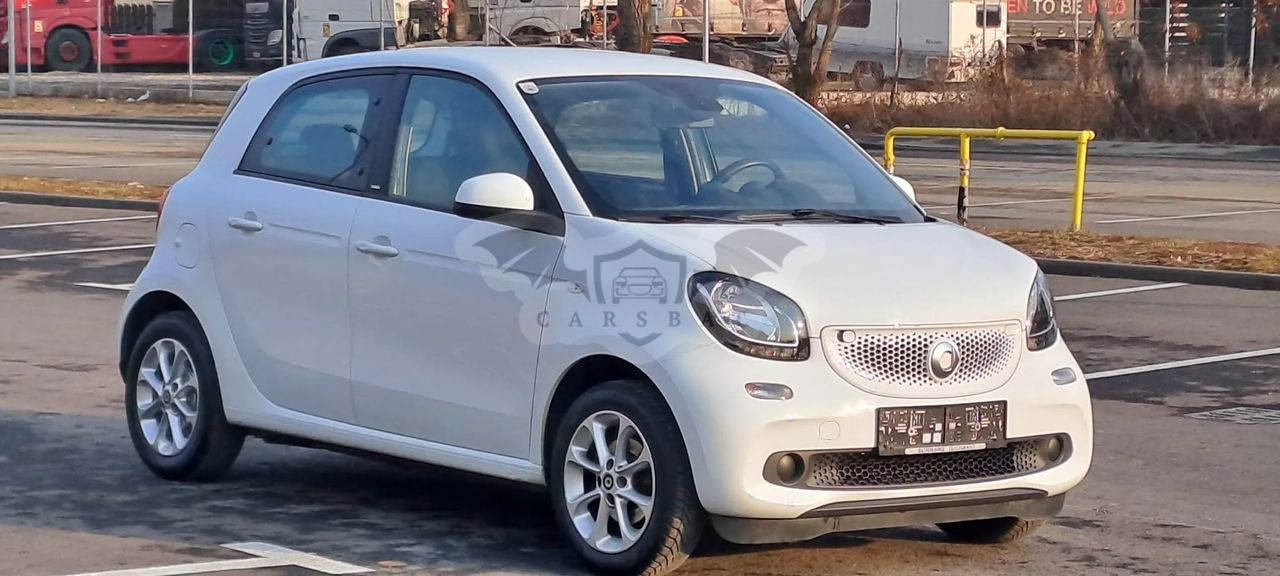
![Smart Forfour I [2004 - 2006] 2005 Smart Forfour I [2004 - 2006] 2005](https://cdn-img.carsbat.com/autovt/7056559674/7056559674.jpg)
![Smart Fortwo II [2007 - 2015] coupe 45 KW MHD 2014 Smart Fortwo II [2007 - 2015] coupe 45 KW MHD 2014](https://cdn-img.carsbat.com/autovt/7056003798/0_wme4513341k774000_z3b3.jpg)
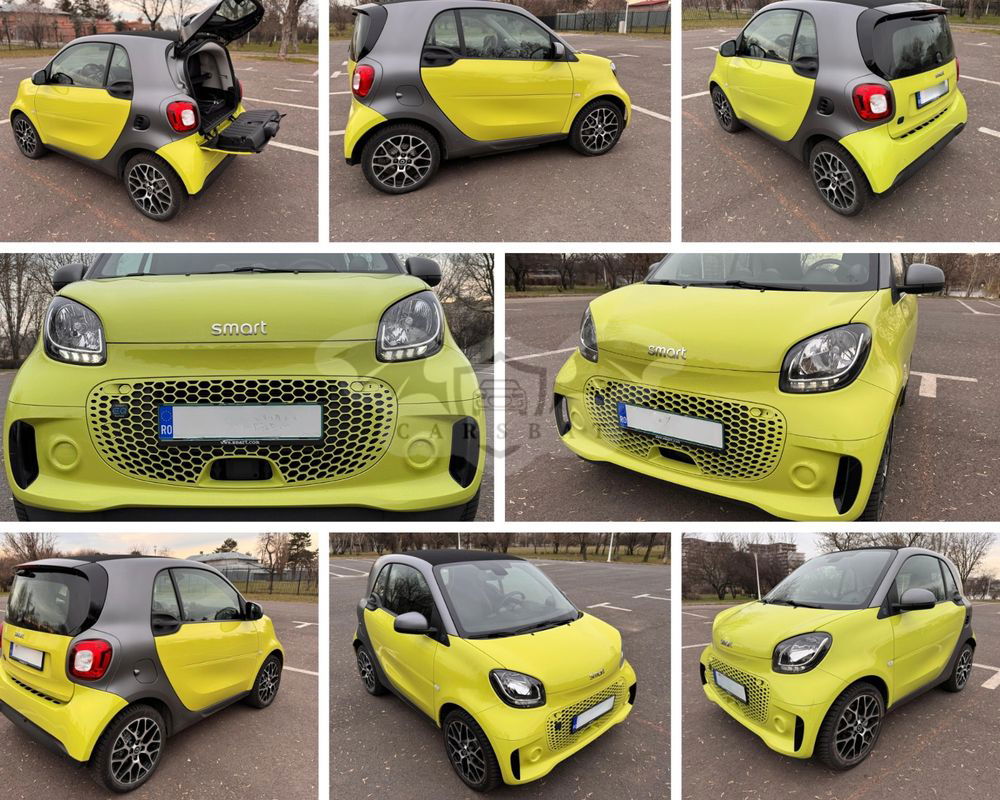
![Smart Forfour I [2004 - 2006] passion 2005 Smart Forfour I [2004 - 2006] passion 2005](https://cdn-img.carsbat.com/autovt/7056468528/7056468528.jpg)
![Smart Fortwo II [2007 - 2015] cabrio 1.0 passion 2007 Smart Fortwo II [2007 - 2015] cabrio 1.0 passion 2007](https://cdn-img.carsbat.com/autovt/7056548876/0_wme4513311k068761_s527.jpg)
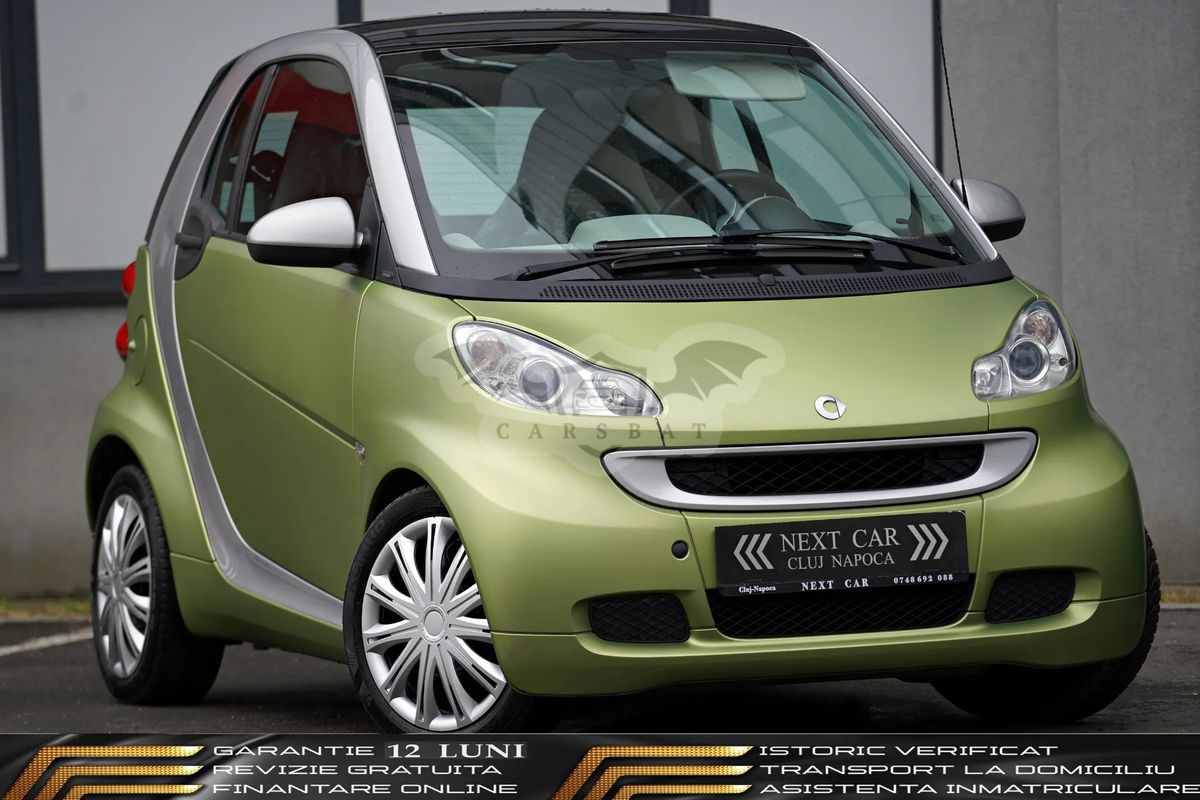
![Smart Fortwo III [2015 - 2019] 52 kW passion 2015 Smart Fortwo III [2015 - 2019] 52 kW passion 2015](https://cdn-img.carsbat.com/autovt/7055577716/0_wme4533421k011663_dqqx.jpg)
![Smart Forfour II [2014 - 2019] 60 kW electric drive 2018 Smart Forfour II [2014 - 2019] 60 kW electric drive 2018](https://cdn-img.carsbat.com/autovt/7054896991/0_wme4530911y205033_ansy.jpg)
![Smart Forfour I [2004 - 2006] 2005 Smart Forfour I [2004 - 2006] 2005](https://cdn-img.carsbat.com/autovt/7055875519/0_wme4540301b104675_lygy.jpg)
![Smart Forfour II [2014 - 2019] 66 kW 2015 Smart Forfour II [2014 - 2019] 66 kW 2015](https://cdn-img.carsbat.com/autovt/7056845268/0_wme4530441y049740_lqsg.jpg)
![Smart Fortwo II [2007 - 2015] cabrio 52 KW MHD 2009 Smart Fortwo II [2007 - 2015] cabrio 52 KW MHD 2009](https://cdn-img.carsbat.com/autovt/7056240292/0_wme4513801k228362_jvi3.jpg)
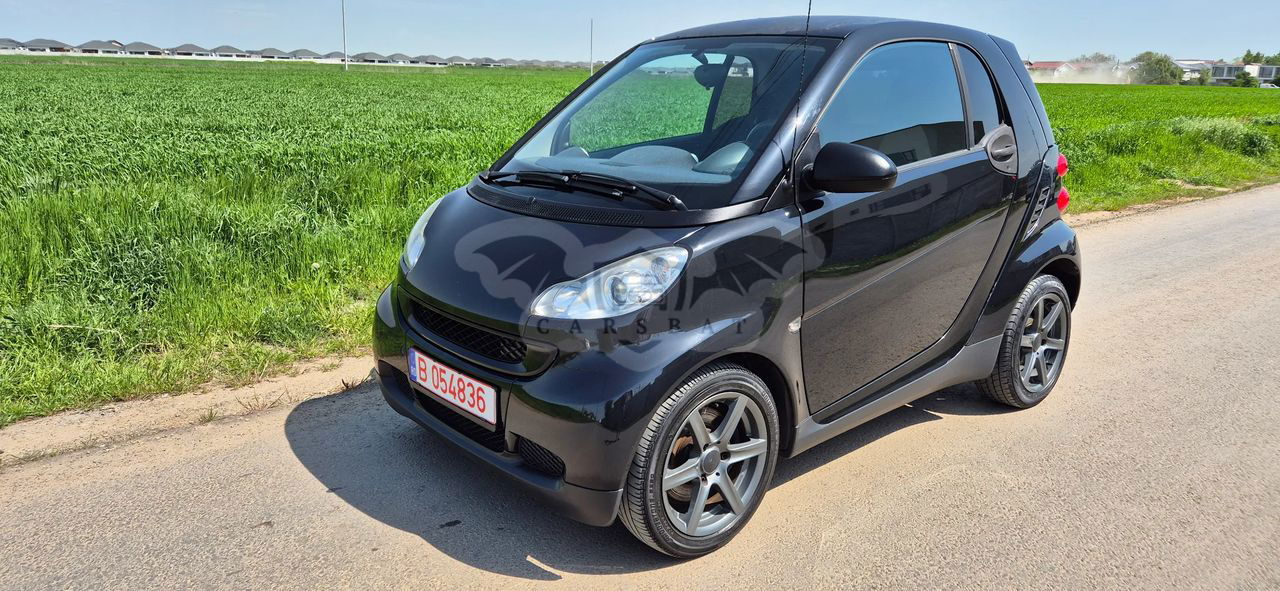
![Smart Fortwo III [2015 - 2019] 2018 Smart Fortwo III [2015 - 2019] 2018](https://cdn-img.carsbat.com/autovt/7055978790/0_wme4533441k322422_afzk.jpg)
![Smart Fortwo III [2015 - 2019] 60 kW electric drive passion 2019 Smart Fortwo III [2015 - 2019] 60 kW electric drive passion 2019](https://cdn-img.carsbat.com/autovt/7056432481/0_wme4533911k371147_xeha.jpg)
![Smart Fortwo III [2015 - 2019] 60 kW electric drive prime 2021 Smart Fortwo III [2015 - 2019] 60 kW electric drive prime 2021](https://cdn-img.carsbat.com/autovt/7054156734/0_w1a4533911k466001_hrqb.jpg)
![Smart Fortwo I [1998 - 2007] 1999 Smart Fortwo I [1998 - 2007] 1999](https://cdn-img.carsbat.com/autovt/7056533250/0_wme01mc01xh051164_7fyq.jpg)
![Smart Fortwo II [2007 - 2015] 2007 Smart Fortwo II [2007 - 2015] 2007](https://cdn-img.carsbat.com/autovt/7056415928/7056415928.jpg)
![Smart Fortwo I [1998 - 2007] cabrio softtouch passion 2005 Smart Fortwo I [1998 - 2007] cabrio softtouch passion 2005](https://cdn-img.carsbat.com/autovt/7055645703/0_wme4504321j189853_xbmz.jpg)
![Smart Fortwo II [2007 - 2015] coupe 0.8 DPF passion 2009 Smart Fortwo II [2007 - 2015] coupe 0.8 DPF passion 2009](https://cdn-img.carsbat.com/autovt/7056445157/0_wme4513001k317491_h5cy.jpg)